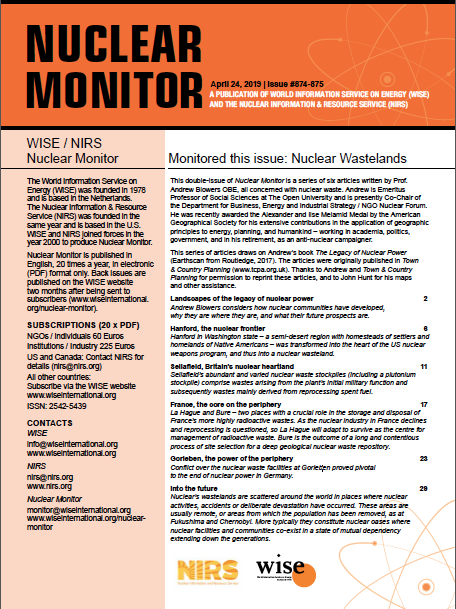There have been victories: stopping Shoreham was one of them
 Writes Karl Grossman on Counterpunch today:
Writes Karl Grossman on Counterpunch today:
“Shoreham Action is One of the Largest Held Worldwide,” was the headline in The New York Times about an event which happened 40 years ago this month. The article told of how “more than 600 protesters were arrested” on June 3, 1979 at the site of the then under-construction Shoreham nuclear power plant and “15,000 demonstrators gathered” on the beach fronting the plant in the protest of it.
That action was important in stopping the Shoreham plant from going into operation—and preventing the Long Island Lighting Company from building a total of seven to 11 nuclear power plants on Long Island.
The Shoreham site, which was where the first plant was to go up, is 60 miles east of Manhattan. There were to be three nuclear power plants at Shoreham and four, to its east, at Jamesport, and several in between. In addition to these plants on the north shore, LILCO also eyed building a nuclear power plant in The Hamptons on Long Island’s south shore, in Bridgehampton.
With the anniversary of the 1979 protest at Shoreham, on Facebook and in email-communication, that action 40 years ago was heralded as a turning point for this area—and indeed it was.





 June 19, 2019
June 19, 2019

